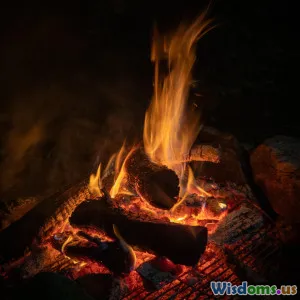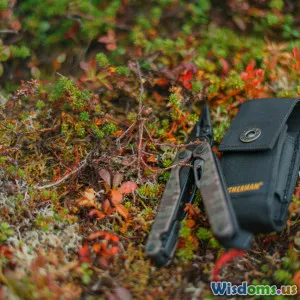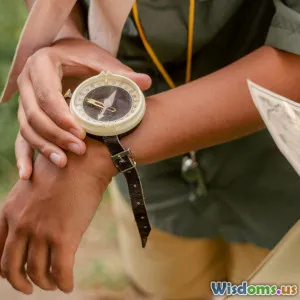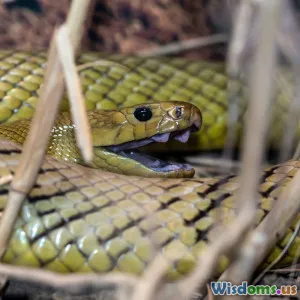
Surviving Snake Encounters What Really Works in the Wild
17 min read Learn proven strategies for staying safe and surviving snake encounters in the wild. (0 Reviews)
Surviving Snake Encounters: What Really Works in the Wild
Deep in the wilderness, when the rustling underfoot or a sudden flicker at your peripheral vision betrays a snake’s stealth, instinct can swing between dread and awe. For hikers, campers, hunters, and adventure travelers, snake encounters aren’t just stories—they're realities that demand clear thinking, precise action, and respect for nature’s oldest survivor. What actually works if you find yourself face-to-face with a snake in the wild? Let’s unravel survival tactics backed by experience, expert testimony, and science—and separate myth from actionable truth.
Knowing the Snakes: Friend, Foe, or Just Passing By
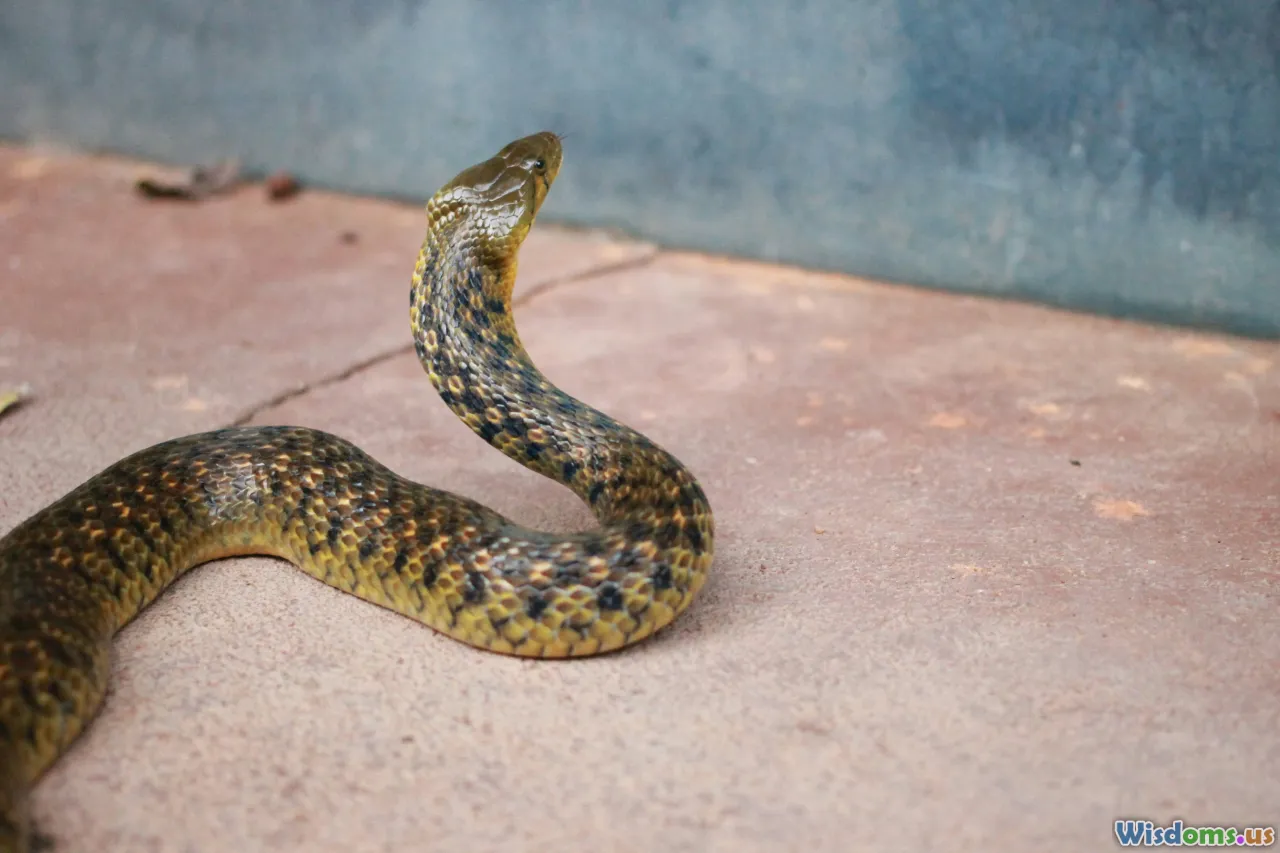
The Diversity of Snakes: Myth vs. Reality
Snakes have long elicited fear out of proportion to their actual threat. The world is home to over 3,700 species, but less than 10% are venomous, and only a fraction of these are considered dangerous to humans. Most bites occur because the snake is surprised or provoked—not because it’s hunting.
Key Identification Features
- Venomous vs. Nonvenomous: Head shape, pupil type, and body patterns offer clues, but aren’t foolproof. In North America, pit vipers (rattlesnakes, copperheads, cottonmouths) have broad, triangular heads and elliptical pupils, while harmless species usually have rounded heads and pupils.
- Local Knowledge is Power: Know which venomous species inhabit the region. For example, Australia harbors the inland taipan (world’s most venomous), while the U.S. West has rattlesnakes; the Amazon teems with fer-de-lance.
Real-world example: Many hikers in the southeastern U.S. mistake the nonvenomous eastern milk snake for the dangerous coral snake. The rhyme “Red on yellow, kill a fellow; red on black, friend of Jack,” can be a valuable, if sometimes oversimplified, field guide for distinguishing the two.
Why Most Snakes Aren’t Out to Get You
Snakes are secretive and avoid confrontation. Intentional bites are rare—most snakes prefer to flee if given a chance. Fatalities are especially uncommon in North America and Europe, where access to medical care greatly reduces risk.
The Art of Avoidance: Prevention Is the Key
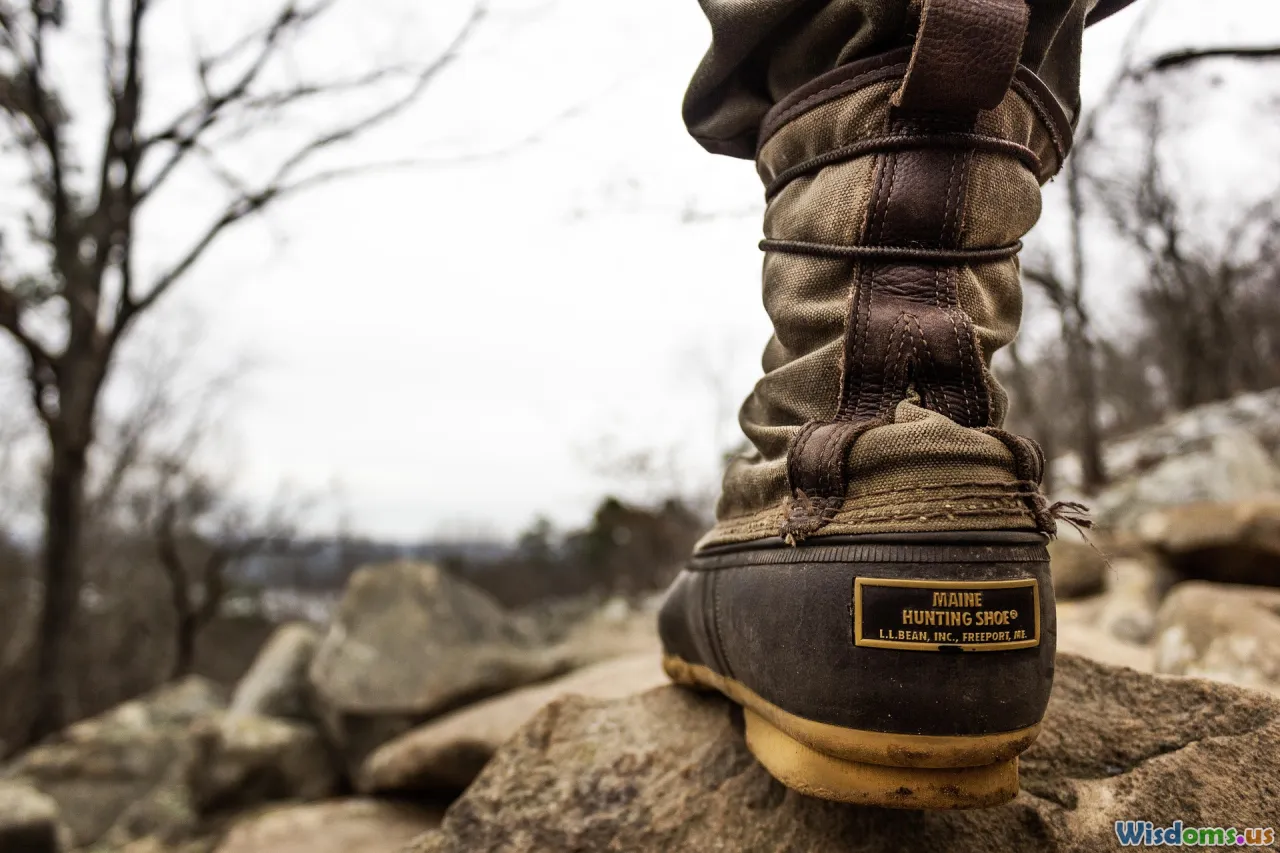
Where—and When—You’re Most at Risk
Snake activity spikes during warm weather. In temperate climates, this means spring through autumn; in deserts or tropical forests, it could mean year-round vigilance. Snakes frequent areas with high prey density—in other words, wherever rodents, birds, or amphibians are abundant.
High-risk settings include:
- Tall grass and dense brush
- Piles of rocks or logs
- Riverbanks and forest edges
- Shady ledges in sun-drenched deserts
Proven Ways to Minimize the Risk
- Stick to Well-Trodden Paths: Most snake encounters occur when straying off-trail. Serpents sense footsteps and vibration, usually avoiding busy footpaths.
- Wear Protection: High boots and long pants are more than fashion—they greatly reduce your bite risk, especially from species with short fangs like copperheads.
- Step, Don’t Leap: Always look before stepping over logs or rocks. A walking stick can safely prod undergrowth ahead of your feet.
- Check Campsites Thoroughly: Before setting up camp, inspect for holes, rock piles, or fallen logs that might conceal sheltering snakes. Look up, too—in rainforests, tree-dwelling varieties like the green tree python may be overhead.
- Headlamps at Night: Many species hunt at dusk or are nocturnal. Always use a headlamp or flashlight, especially when moving around camp after dark.
Pro tip: When hiking in the tropics, check your boots and sleeping bags each morning. Tiny but deadly species like the Brazilian pit viper have been discovered curled up inside shoes and gear.
The Critical Moment: Encountering a Snake
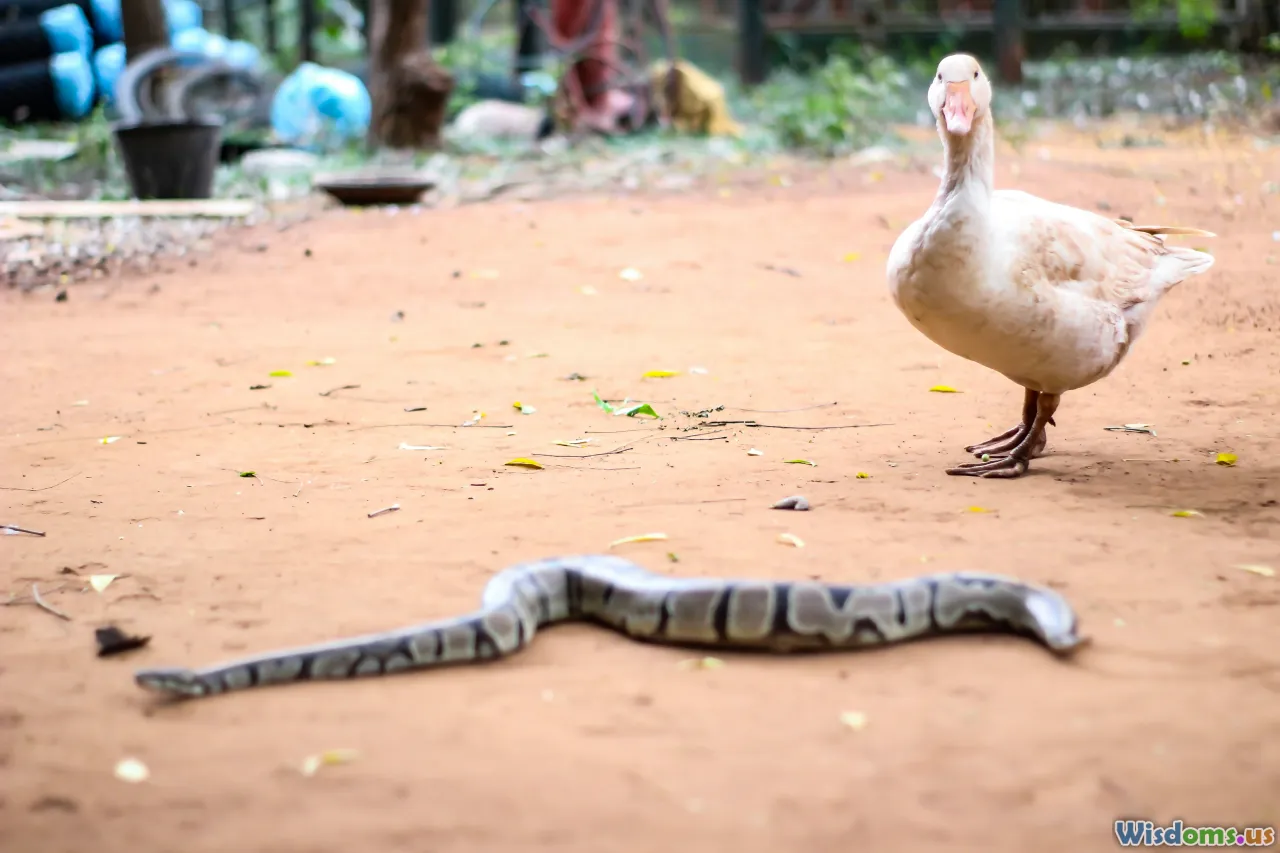
How to Read Snake Body Language
Snakes use posture and movement to communicate threat.
- Coiled, Head-Raised: Defensive. The snake feels threatened. Back away slowly.
- Rattling or Hissing: Warning signals—this is your chance to retreat without escalation.
- Flat, Rushing Movements: Attempting escape. Allow the animal to pass safely.
What to Do Right Away
- Freeze: Sudden movement can trigger a defensive bite. Hold still if the snake is nearby, then slowly back away.
- Maintain Respectful Distance: At least two meters (6+ feet) is generally safe. Some species can strike up to half their body length.
- Do Not Attempt to Handle: Even dead or injured snakes can deliver venomous bites via reflex.
- Let It Move Off: Most snakes will leave when they sense you are no longer a threat.
What NOT to Do (Debunking Myths)
- Never Try to Suck Venom or make incisions. These folk remedies are ineffective and often harmful.
- Don’t Kill the Snake: Not only is this dangerous—it’s also illegal in many parks, and contrary to conservation ethics. Move away and allow the snake to continue its essential ecological role.
- Don’t Chase or Throw Rocks: Increasing aggression raises bite risk. Calm, gradual retreat is safest.
Example: In 2019, a tourist on safari in Namibia attempted to photograph a puff adder at close range. The snake, feeling cornered, struck; the individual survived thanks to swift medical intervention, but the incident highlighted the danger of reckless curiosity.
Snakebite—When It Happens: True Life-Savers
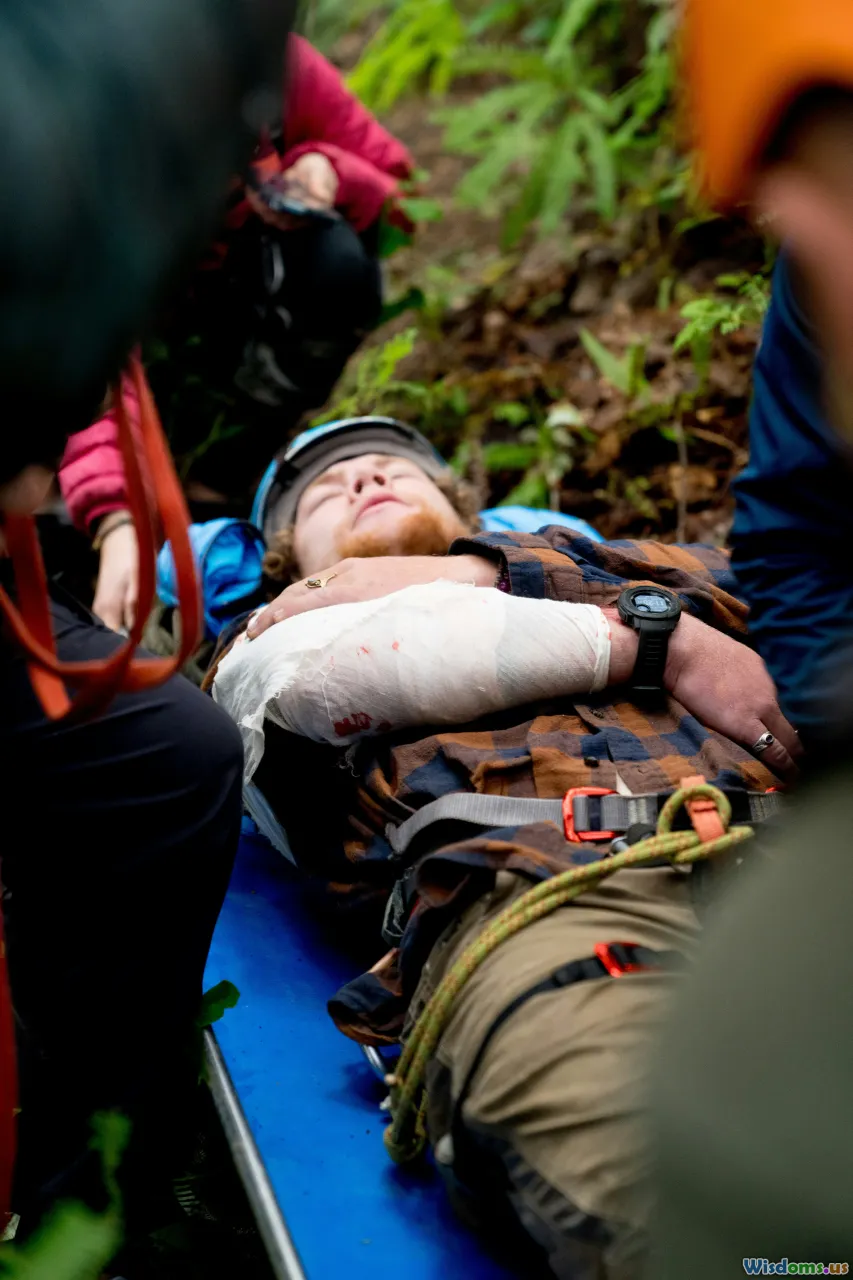
Recognizing a Venomous Bite
Not all snakebites are created equal—around half are actually dry (no venom delivered). However, every bite from an unknown snake should be treated seriously.
Symptoms to Watch For:
- Immediate/localized pain and swelling
- Tissue discoloration
- Fang marks (not always obvious)
- Systemic effects: nausea, dizziness, weakness, difficulty breathing (can signal neurotoxins)
Some bites, like from the coral snake, produce delayed symptoms—ticks in the first few hours may mean trouble later.
First Response: What Professional Protocols Say
If bitten in the wild and far from help, follow these evidence-based steps:
- Move Away from the Snake: Prevent a second bite.
- Keep Calm, Keep the Victim Still: Movement spreads venom faster through the lymphatic system. Keep the limb below heart level if possible.
- Remove Tight Clothing, Jewelry: Expect rapid swelling.
- Clean the Area Gently: Do not apply ice, cut the wound, or use a tourniquet.
- Immobilize the Affected Limb: Use sticks, clothing, or a sling for makeshift splint—but don’t compress too tightly.
- Evacuate ASAP: Send for professional help. In remote situations, carry or assist the victim out rather than having them walk alone.
In Australia’s outback, the "pressure immobilization technique" (wrapping the entire affected limb firmly but not tightly, then limiting movement) is the advised response for bites by elapids (e.g., taipans, brown snakes). This helps delay systemic venom spread while awaiting medical evacuation.
What to Bring on Remote WILDERNESS Treks
- Wide bandages (for pressure dressing)
- Splints or sticks for immobilizing limbs
- Personal locator beacon (PLB) or satellite phone (for rescue requests)
- Written guide to local venomous snakes and emergency protocols
High-Tech Versus Folklore: Do Snakebite Kits Work?
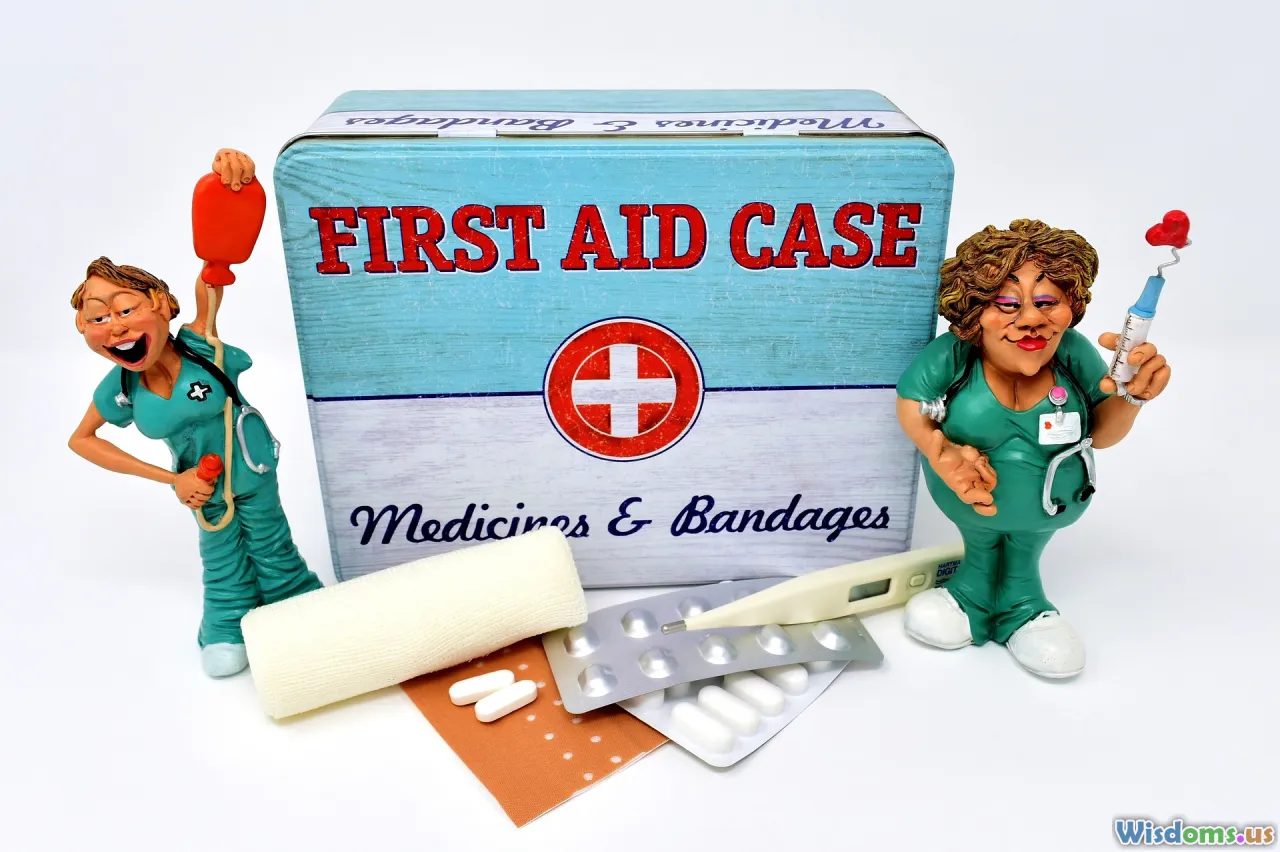
The Truth About Extraction Devices
Despite their frequent appearance in survival stores, suction devices and "snakebite kits" have been proven largely ineffective, according to clinical studies at the University of Arizona and by the American Red Cross. These gadgets rarely remove meaningful amounts of venom, may damage tissues, and delay evacuation.
- What Does Work:
- Immobilization
- Rapid evacuation to medical care
- Proper wound management (clean, not cut or iced)
Traditional Remedies: Dangers and Facts
- Herbal Poultices: Often irritate tissue and provide false confidence.
- Charms or Rituals: Offer no protective benefit.
- Alcohol or Aspirin: Do more harm than good—both may thin blood or depress central nervous system, counteracting emergency treatments.
Survival stories reveal that calm, methodical first aid and speedy medical access outperform novelties carried for peace of mind alone.
Modern Prevention: Gear, Gadgets, and Smart Choices
Protective Equipment Worth Considering
- Snake Gaiters: Tough fabric wraps for calves and ankles—ideal in thick brush or rattlesnake habitat. Test their flexibility and toughness before relying on them!
- Leather Hiking Boots: Thicker materials foil short-fanged species. At least ankle-high.
- Lightweight Gloves: For moving rocks, logs, or firewood by hand.
High-tech Innovations in Snake Safety
- Personal Locator Beacons (PLBs): If venturing hundreds of miles from help, these satellite-linked devices transmit location and emergency signals—serving as a literal life line after a bite.
- Portable Water: Dehydration compounds the effects of venom, especially neurotoxic kinds. Always carry more water than you think you'll need.
- Education Apps: Some organizations (like the Snakebite Initiative) offer offline field-identification guides and tangible first-aid instructions.
Notable example: In 2021, a group trekking the Kimberley region of Australia using PLBs was able to alert medical air rescue services within minutes of a tiger snake bite, leading to full recovery for the bitten hiker.
Surviving Culture Clash: Global Approaches
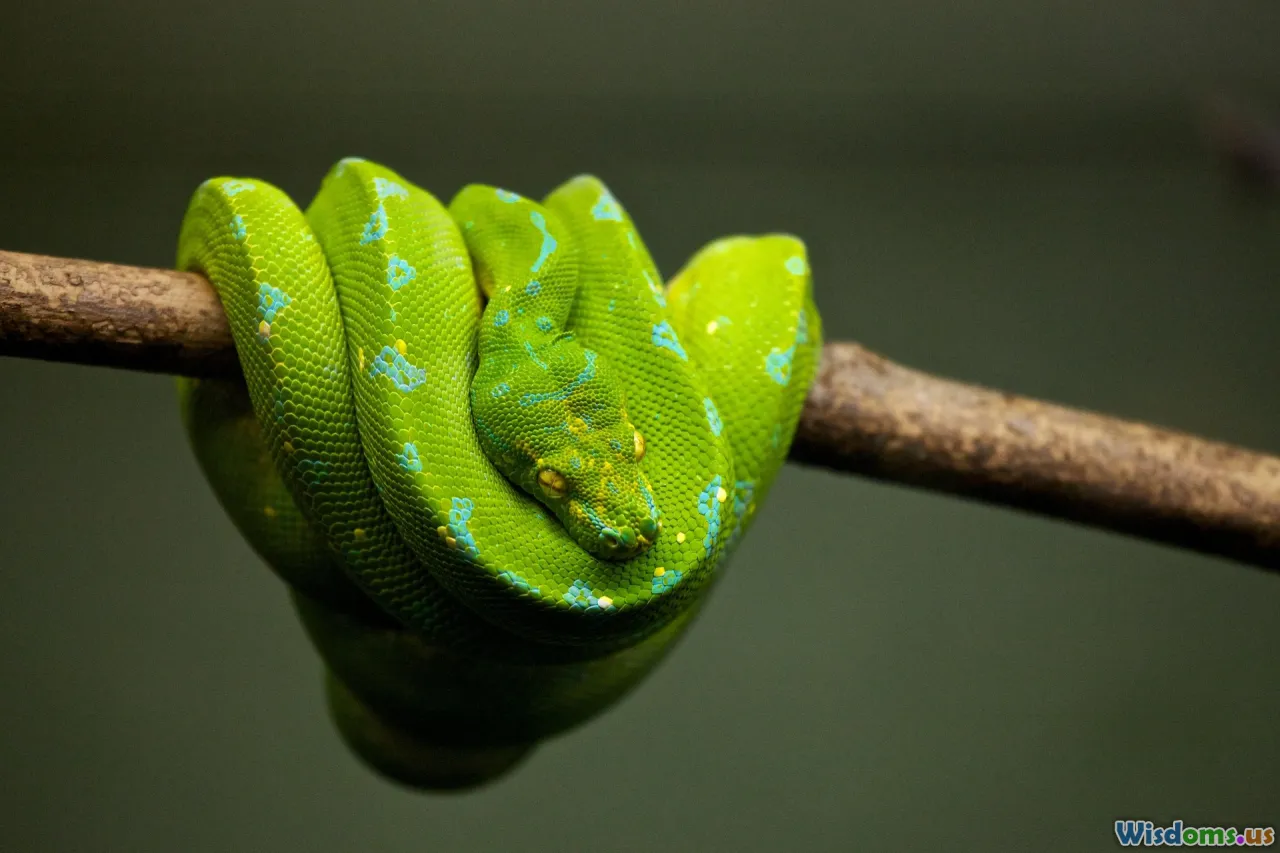
Learning from Indigenous Communities
Across continents, indigenous cultures possess rich traditions for avoiding and treating snake encounters, blending ecological wisdom with contemporary science. For example:
- San bushmen of Southern Africa learn to spot viper readings in animal tracks and shade patterns.
- Aboriginal Australians follow seasonal pathways with minimal ground cover; they use warning rituals when traversing thick grass.
- In the Amazon, local guides carry knowledge about not just which snakes are venomous but also what time of day or year to avoid certain forest trails.
The Limits and Merits of Folk Practices
While some traditional remedies work (such as pressure immobilization used by Aboriginal Australians), many involve trial-and-error, humor, or ritual that may not directly translate to travelers outside the culture. Relying on field-tested medical advice, and respecting local warning signs, balances old and new.
Remember: Storytelling conveys survival lessons. Emulate local caution in regions with unfamiliar snakes—ask, observe, and listen.
Beyond the Bite: Recovery and Responsibility

After the Wild: Medical Care Matters
Even with the best first aid, timely access to antivenom and supportive hospital care is the real turning point in snakebite survival. Advanced hospitals may deploy antivenom, intravenous fluids, muscle relaxants, pain management, and, when needed, surgery to remove dead tissue. Survival rates have soared globally wherever such care is available.
Common complications (if care is delayed):
- Local tissue necrosis
- Chronic pain
- Loss of function in affected limb
- Severe secondary infections
The Value of Prevention and Conservation
Each year, between 80,000 and 138,000 people die of snakebite worldwide, mostly in rural Africa and Asia where medical resources are scarce. But the narrative is shifting—organizations like WHO and Médecins Sans Frontières focus on improving public education, rapid hospital access, and affordable antivenom distribution.
Meanwhile, the majority of the world’s snakes, even those venomous to humans, provide invaluable ecological services: controlling pests, balancing food webs, and contributing to medical research (one in three medicines is derived in part from natural toxins!).
When you survive, spread the word: snakes aren’t our enemies, but ancient allies—worthy of awe, caution, and stewardship.
Whether traversing sub-Saharan savannas, paddling Amazonian creeks, or hiking rocky Americas, the key to surviving snake encounters blends preparation, presence of mind, and trust in modern wisdom. Learning to avoid, respect, and—rarely—respond to snakes turns wilderness anxiety into empowered adventure. Always be alert. Always be prepared. And when in doubt, let the snake be the first to leave.
Rate the Post
User Reviews
Other posts in Survival in the Jungle
Popular Posts










